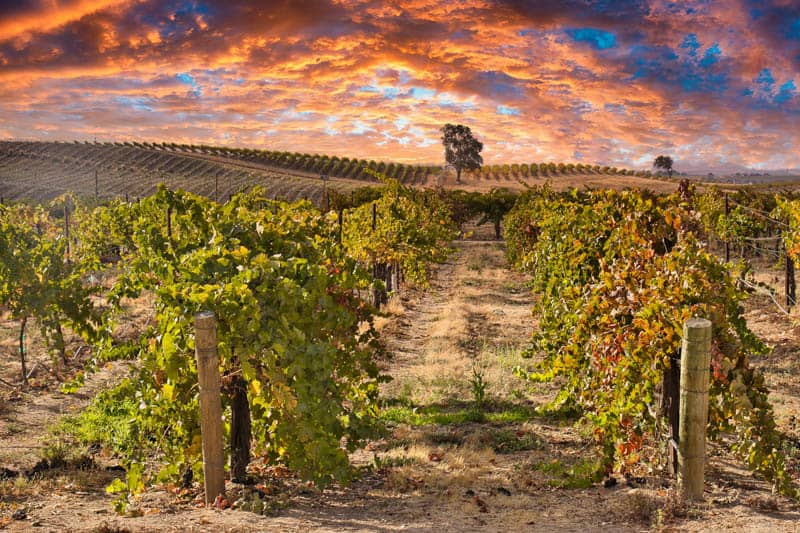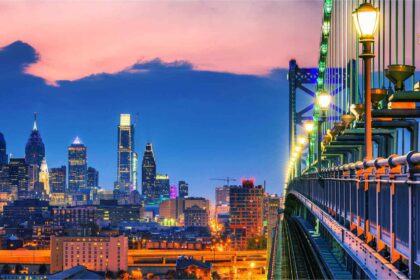Paso Robles, officially El Paso de Robles (Spanish for “The Pass of Oaks”), is a city in San Luis Obispo County, California, United States. Take a look below for 20 interesting and amazing facts about Paso Robles, California, United States.
1. Located on the Salinas River north of San Luis Obispo, California, the city is known for its hot springs, its abundance of wineries, its production of olive oil, almond orchards, and for playing host to the California Mid-State Fair.
2. The city’s full name is “El Paso de Robles”, which in Spanish means “The Pass of the Oaks”.
3. People differ on the pronunciation of the city’s shortened name of “Paso Robles”.
4. While its Spanish pronunciation is PASS-oh ROH-blays, residents Anglicize the pronunciation as PASS-oh ROH-buulz. This Anglicized version has been used in the city phone message.
5. This area of the Central Coast, known as the City of El Paso De Robles, Paso Robles, or simply “Paso”, is known for its thermal springs.
6. Native Americans known as the Salinan lived in the area thousands of years before the mission era.
7. They knew this area as the “Springs” or the “Hot Springs.”
8. A tribal site on present-day Paso Robles was named elewexe, Obispeño for “Swordfish”.
9. Paso Robles is located on the Rancho Paso de Robles Mexican land grant that was purchased by James and Daniel Blackburn in 1857.
10. Their partner was Drury James of Kentucky, a veteran of the Mexican War and uncle of the outlaw Jesse James.
11. The land was a rest-stop for travelers of the Camino Real trail, and was known for its mineral hot springs. Franciscan priests from neighboring Mission San Miguel constructed the first mineral baths in the area. During this period, Paso Robles began to attract the settlers who established cattle ranches, apple and almond orchards, dairy farms, and vineyards.
12. In 1864, the first El Paso de Robles Hotel was constructed and featured a hot mineral springs bath house. Three locations (Paso Robles Inn, River Oaks Hot Springs, and Franklin Hot Springs) have offered the mineral bath hot spring experience which brought people like Ignacy Jan Paderewski to Paso Robles.
13. James and Daniel Blackburn donated two blocks to the city for a public park to be used for the pleasure of its citizens and visitors.
14. By original deed, the land was to revert to the donors if used for any other purpose than a public park. Two exceptions were made: allowing the building of the Carnegie Library, and the conversion of the library to a museum.
15. The grounds were laid out by a Mr. Redington and a planting day was held when each citizen set out his own donation. Originally, the whole park was hedged in by a fence of cactus, and in 1890 a bandstand was built with money raised by private theatricals.
16. In 1886, after the coming of the Southern Pacific Railroad, work began on laying out a town site, with the resort as the nucleus. Two weeks after the first train arrived on October 31, 1886, a three-day celebration was held including a special train from San Francisco bringing prospective buyers, who toured the area and enjoyed the daily barbecues. On November 17, the “Grand Auction” was held, resulting in the sale of 228 lots.
17. The local agent for the SPR when it arrived in Paso Robles was R. M. “Dick” Shackelford, a Kentucky native who had come to California in 1853 to dig for gold. Shackelford had a varied career, going from gold mining to hauling freight by ox team, to lumbering, which took him to Nevada, where he served one term as a delegate in the state’s first legislature for Washoe County.
18. By 1886 Shackelford had returned to California and was living in Paso Robles, where he began buying up extensive property, building warehouses and starting lumber yards along the railroad’s route. Shackelford also established the Southern Pacific Milling Company, which had a virtual monopoly on local milling until local farmers, in an effort to break Shackelford’s stranglehold, themselves organized their own milling cooperative, the Farmers’ Alliance Flour Mill.
19. In 1889, the same year that Paso Robles incorporated as a city, construction began on a magnificent new hotel. The hotel required over one-million bricks and cost a princely $160,000. The new El Paso de Robles Hotel opened for business in 1891. The new hotel was three stories tall and built of solid masonry, set off by sandstone arches. This ensured the hotel was completely fireproof.
20. The hotel also featured a seven-acre (28,000 m2) garden and nine-hole golf course. Inside there was a library, a beauty salon, a barber shop, and various billiard and lounging rooms. The new hotel also offered an improved hot springs plunge bath as well as 32 individual bath rooms. The 20 by 40-foot (12 m) plunge bath was considered one of the finest and most complete of its time in the United States.




